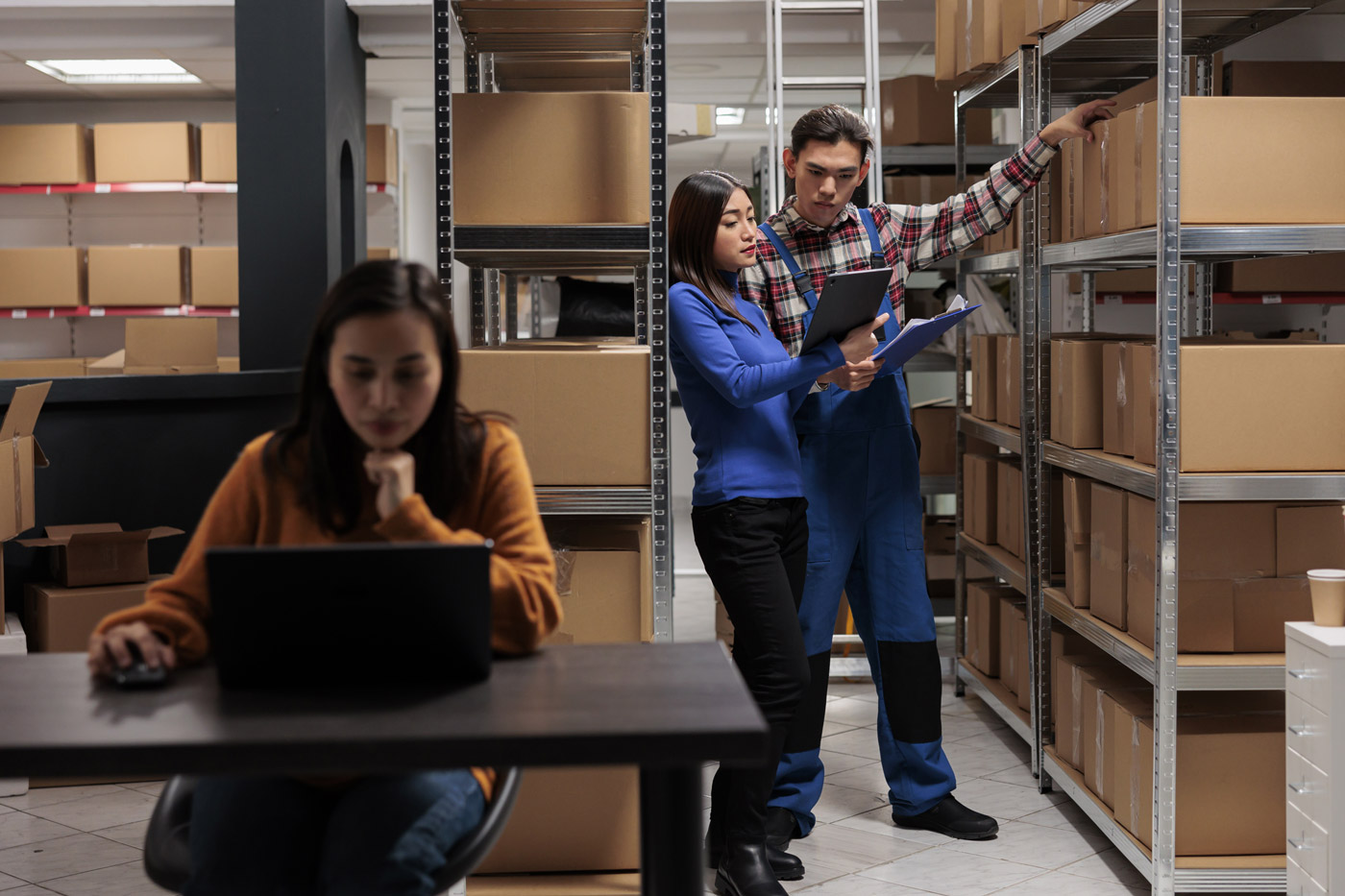+1 (201) 345-8533
by MK Freight Inc Yard
Transporting fragile and hazardous goods is a task that requires special attention, planning, and expertise. At every stage of the logistics chain, strict safety standards must be followed, and the right methods of packaging and transportation must be used. At MK Freight Inc Yard, we understand the importance of this process for your goods and offer the best practices to ensure a safe and efficient delivery.
1. Understanding the Category of Goods
Before starting the transportation process, it is crucial to precisely determine whether the product is fragile or hazardous. This is key information that helps choose the right packaging, transportation methods, and routes.
Fragile goods may include items like glass, electronics, porcelain, medical equipment, antiques, and other objects that are easily broken or damaged if not handled properly.
Hazardous goods are substances that can pose a threat to health, safety, the environment, or property. These include chemicals, flammable liquids, toxic materials, batteries, and radioactive substances.
2. Packaging: The Key to Protecting Your Goods
One of the most important aspects of transporting fragile and hazardous goods is proper packaging. This not only protects your goods from damage but also ensures safety in case of leaks or other incidents.
- Fragile goods should be packed in sturdy boxes with soft fillers like bubble wrap or foam. Each individual item should be securely isolated from others in the package to prevent collisions.
- Hazardous goods require specialized packaging in accordance with international standards (such as ADR regulations for Europe or DOT standards for the U.S.). Using airtight containers, specialized liquid containers, and displaying all necessary safety signs are crucial when packing these goods.
At MK Freight Inc Yard, we offer high-quality packaging solutions for all types of goods, including specialized solutions for fragile and hazardous materials, minimizing the risk of damage during transportation.
3. Choosing the Right Transportation Method
Depending on the type of goods and the delivery route, it is important to select the most appropriate mode of transportation. For fragile goods, air freight or ground transportation with temperature control is typically preferred to minimize transit time and avoid potential damage.
For hazardous goods, specialized modes of transport certified for handling such materials are required. It is also important that the transport vehicles are equipped with appropriate safety measures, such as leak and fire prevention systems, monitoring equipment, and emergency alarms.
4. Transporting Hazardous Goods: Compliance with Standards and Regulations
When transporting hazardous goods, it is essential to adhere to strict regulations established by federal and international authorities. In the U.S., this is regulated by the Department of Transportation (DOT) and standards such as IMDG (International Maritime Dangerous Goods) and ICAO (International Civil Aviation Organization).
Properly marking packages and using all required labels and placards, such as hazard symbols and handling instructions, is necessary. This ensures not only safety during transport but also speeds up the processing at each stage of the journey.
5. Monitoring and Control at Every Stage
It is important not only to package your goods properly and choose the right transport but also to implement careful monitoring throughout the shipping process. At MK Freight Inc Yard, we use GPS tracking systems and cargo condition monitoring to provide accurate information about the location and status of your shipment.
For hazardous goods, this is particularly important: in case of an emergency or leak, swift actions can be taken. Additionally, we regularly check transport conditions and maintain all required documentation to confirm compliance with safety standards.
6. Experts and Training
Transporting fragile and hazardous goods requires professional knowledge and experience. At MK Freight Inc Yard, our team undergoes regular training to stay updated on current safety standards, regulatory requirements, and best practices in logistics.
This enables us to effectively handle any challenges that arise during transportation and ensures maximum protection for your goods.
Conclusion
Transporting fragile and hazardous goods is a significant responsibility, and every stage of this process must be carefully planned and executed. From proper packaging and choosing the right transportation method to adhering to international safety standards, all of these factors must be taken into account to avoid unpleasant situations.
MK Freight Inc Yard is ready to offer you reliable and effective solutions for transporting any goods. Our experience and attention to detail will ensure the safety of your fragile and hazardous shipments, no matter where they are headed.
Contact us today to discuss your logistics needs and receive expert advice on transporting your goods.

